The coldest places on Earth are barely survivable for humans, but intrepid and well-insulated explorers and scientists have found ways to survive there.
In most of the places listed below, ordinary thermometers won’t work. Your skin, if exposed, would freeze within minutes and the droplets in your breath turn to crystals as you exhale. As your mum might say, you’ll need a coat.
Many of these sites are also stations where important and groundbreaking research has taken place. Climate research, geology, astronomy and extreme biomedicine have thrived in these inhospitable conditions.
So pour yourself a warm cup of cocoa and discover the most bone-chilling places on the planet.
10. Snag, Yukon, Canada
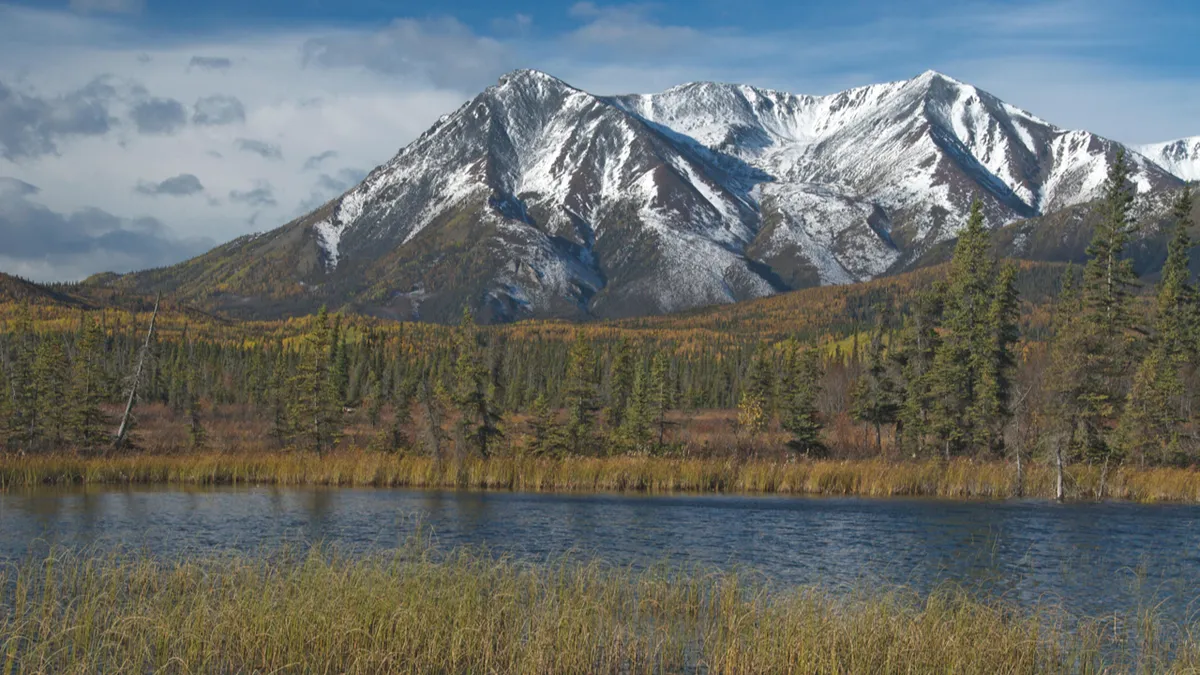
Temperature: -62.7°C
When: February 1947
Lying in a bowl-shaped valley in Yukon, Canada, Snag is a now-abandoned village where a record low temperature was recorded during an unusual winter in the 1940s.
The extreme cold caused locals to report their breath freezing mid-air as they exhaled and fell to the ground as a white dust.
Stranger still, they found that sounds carried much further in the cold dense air, with voices being heard several miles from their source.
9. North Ice, Greenland
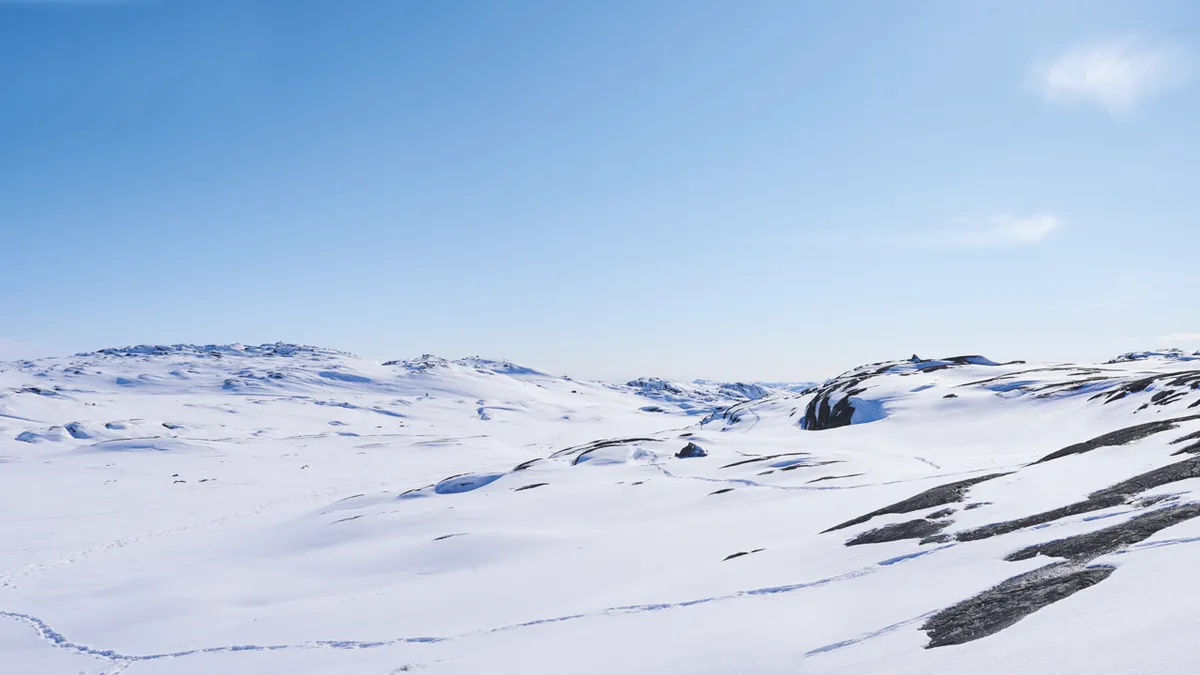
Temperature: -66.1°C
When: January 1954
Established by the British North Greenland Expedition in 1952, this research station was originally reached on dog sledges before military aircraft dropped supplies and instruments for a team of explorers and scientists to use.
The temperature reading taken in 1954 was, at the time, the coldest ever recorded in the northern hemisphere.
The expedition carried out broad research that included geology, seismology, physiology and glaciology.
8. Oymyakon, Russia
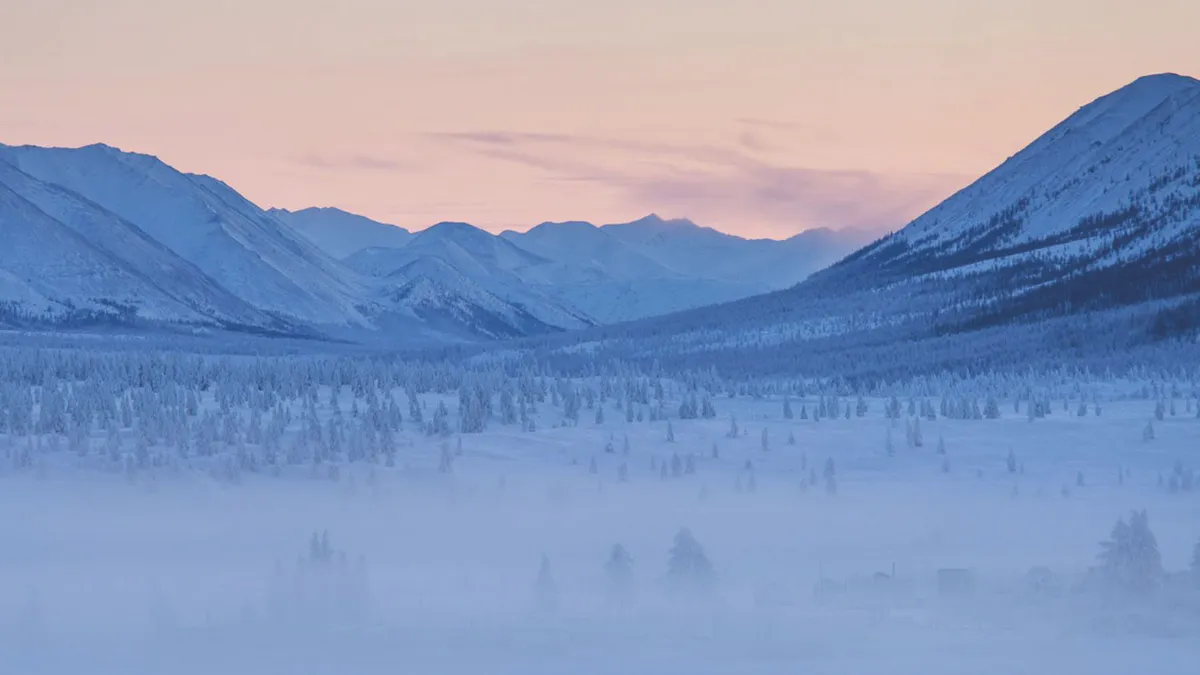
Temperature: -67.8°C
When: February 1933
Sometimes referred to as the coldest permanently inhabited settlement on Earth, we’d love to hear estate agents try to sell this corner of rural Russia. Home to less than 1,000 people, it’s situated between two valleys, which trap cold winds between them, intensifying the conditions.
Frozen throughout the winter, apparently local schools only close when temperatures dip below -55°C.
7. Klinck research station, Greenland
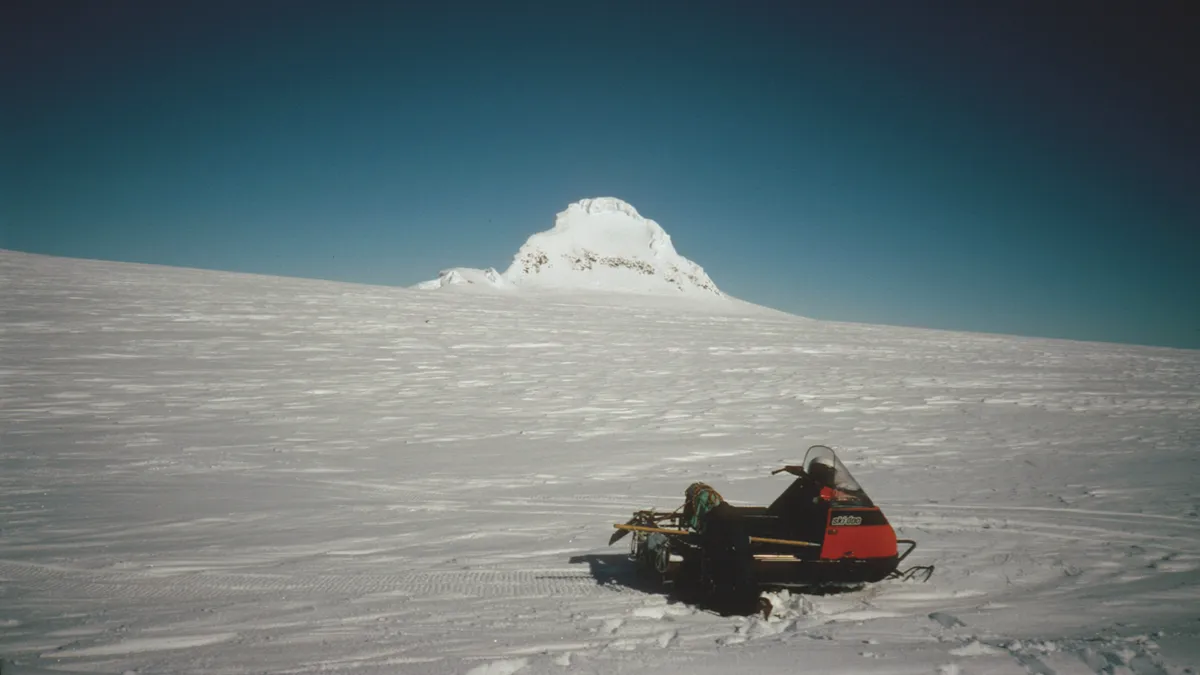
Temperature: -69.4°C
When: December 1991
Greenland, the largest island in the world, is sparsely populated, owing to a gigantic ice sheet that covers much of its land.
Setting up weather stations in this inhospitable climate involves intrepid scientists traversing the terrain on snowmobiles with their instruments in toe.
Worth it, though. As well as vital climate science, these stations have recorded some of the most extreme conditions in the northern hemisphere.
The Klinck Research Station sits close to the highest point on the ice sheet, exposed to the worst of the dry, cold continental climate.
Read more:
- Could global ice melt affect the Earth’s tilt?
- In pictures: Following the mission to discover how the climate crisis is changing the Arctic
6. Verkhoyansk, Russia

Temperature: -69.8°C
When: February 1892
Home to around 1,000 people, this Russian town sits within the Arctic Circle and is one of the places considered the northern ‘Pole of Cold’, where the coldest temperatures have ever been recorded in the northern hemisphere.
Its unique climate is created by an area of cold dense air called the Siberian High. The area is prone to temperature inversions, pockets where temperatures actually rise with altitude.
Incredibly, Verkhoyansk regularly sees summer temperatures higher than 30°C; the town is host to some of the greatest temperature fluctuations between winter and summer anywhere on Earth. And we think the UK is changeable.
5. Denali, Alaska
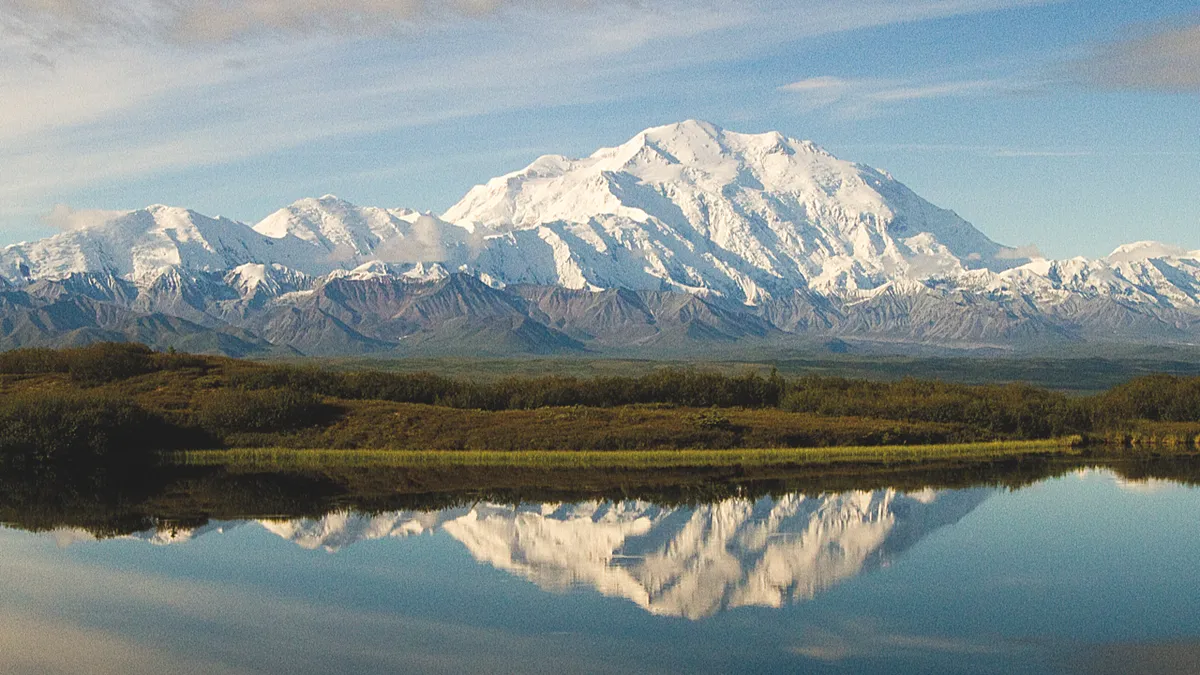
Temperature: -73.8°C
When: sometime between 1950 and 1969
The highest mountain peak in North America is a spectacular, imposing sight, towering more than 6,000m above sea level. It’s also a climber’s paradise, but you’ll need an exceptional base layer if you’re thinking about an ascent.
A weather station placed close to the summit recorded the coldest temperature on record in the United States in 2003: a frosty -73.8°C.
Once known as Mount McKinley, the US government reverted its official name to Denali – the name used by the Koyukon people, who inhabit the area around the mountain.
4. Dome Argus, Antarctic Plateau

Temperature: -82.5°C
When: July 2005
How low can we go? Scientists believe we might find out at this site. Situated close to the current record-holder Dome Fuji, a throne-stealing reading has not yet been made at Dome Argus but researchers speculate that a nearby ridge is home to the coldest natural conditions on Earth.
In 2018, a team at the University of Colorado at Boulder used infrared mapping technology to identify regions in eastern Antarctica where temperatures could plummet below -90°C.
These occur in shallow topographic depressions near the highest part of the ice sheet, at 3,800 to 4,050m elevation, and Dome Argus is one of the prime candidates.
3. Amundsen-Scott South Pole Station, Antarctica

Temperature: -82.8°C
When: June 1982
The people who live and work at the Amundsen-Scott South Pole Station see only one sunrise and one sunset a year, so perhaps it’s not surprising that it’s the site of some of the coldest temperatures ever recorded.
Situated high on the Antarctic plateau, the station sits close to 3,000m above sea level. Even a summer’s day here is unlikely to climb much higher than -12°C.
The station has been permanently occupied since the United States built the first base here in 1956 and today the average population is around 150 (although this drops to a skeleton crew during the winter).
Scientists at the station work on everything from neutrino research to biomedical work to observations of the cosmic microwave background with the South Pole Telescope.
2. Vostok Research Station, Antarctica

Temperature: -89.2°C
When: July 1983
One of the coldest places on Earth is, weirdly, also one of the sunniest. In the month of December, the Vostok Research Station in Antarctica enjoys more than 22 hours of sunlight hours.
Conversely, in the polar night, there are precisely zero hours of sunlight and Vostok records the lowest mean annual temperature of any weather station on the planet.
The station was established by the Soviet Union in 1957 and is the site of fascinating research. As well as ice cores and magentronomy, scientists have penetrated Lake Vostok, a huge subglacial lake hidden beneath the ice. There, they discovered an ecosystem of microbes and multicellular organisms that was previously cut off from the rest of the world.
1. Dome Fuji, Antarctic
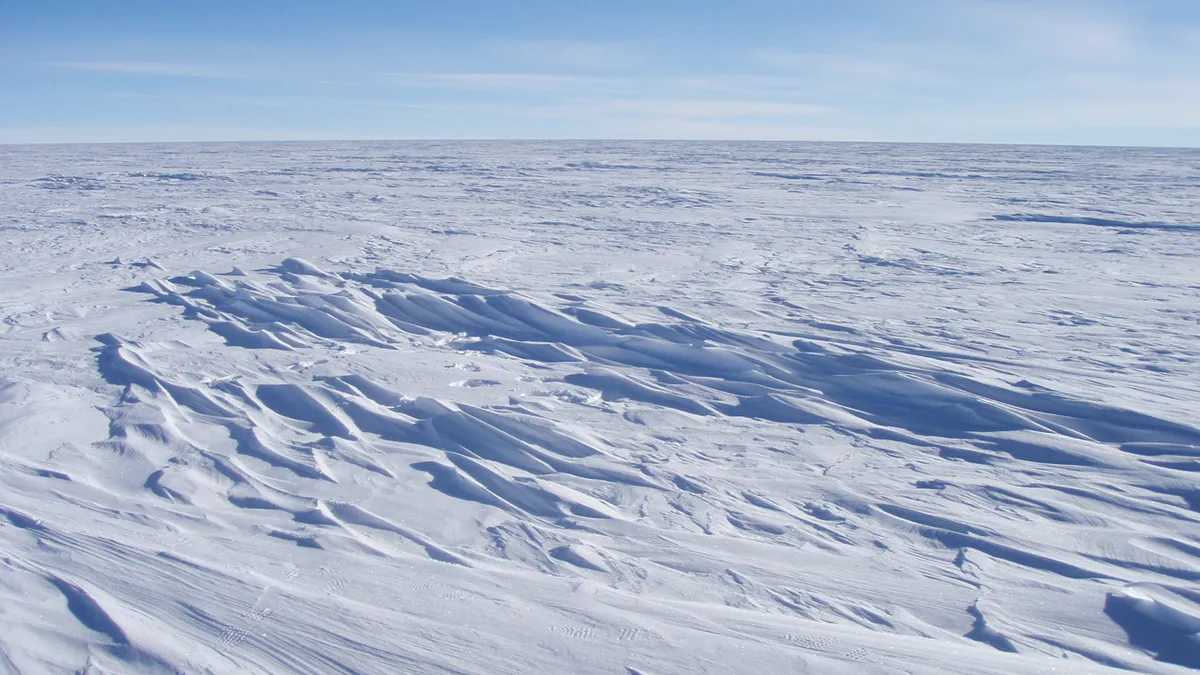
Temperature: -93.2°C
When: August 2010
In 2010, the Landsat 8 satellite pointed its instruments at a high ridge on the East Antarctic ice sheet and confirmed what scientists had expected about the local climate: chilly. Extremely chilly.
Recording a reading of -92.3°C, this dry, cold desert was declared the coldest place on Earth, beating the previous record at the Vostok station (see above), which had stood since 1983.
Although temperatures here rarely top -30°C, humans have, incredibly, found ways of living and working in the region. The nearby Dome Fuji Station was established in 1995, and ice cores drilled in the region give us a window into 720,000 years of paleo-climatic history. Interested in going? Pack a Thermos. And check out NASA's video breakdown of the place before you leave.
Read more:

